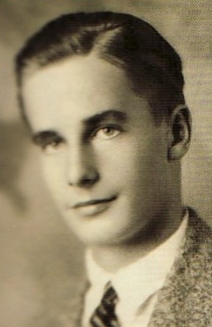
All Sean had was a title and some library information. And an author. But that was the interesting part. The thesis was written by Paul Cassidy, who is widely acknowledged as one of the very first “ghost” artists on Superman. This thesis was dated 1942.
This was potentially a big find. But what did it look like? Was it 50 pages long or three? Was it an art portfolio or a book report? I asked Sean how he found it and he said: “Google Books.”
There was only one copy available in the world, as far as we could tell — in the library of the University of Wisconsin. So I made a request through academic channels to get a copy. As we both waited, research revealed that Paul, after he left Cleveland, did indeed return to Wisconsin to pursue a Master’s Degree.
When the document finally arrived, I sent it to Sean immediately: it was 156 pages and included statistics, footnotes, and anecdotes about the comics industry.
According to Gene Kannenberg, Jr.’s great site ComicsResearch.org, the oldest American comics academic work is a 1944 dissertation by Anna Florence Heisler titled “Characteristics of Elementary-School Children Who Read Comic Books, Attend the Movies, and Prefer Serial Radio Programs.”
Cassidy’s work is dated two years earlier. His thesis is, we think, the first graduate-level American scholarship on comic books.
The work itself is a survey of the practices and methods of the comics industry (newspapers and books) in 1942.
His response level was around 50%, which is enough to give us a snapshot of the industry based, for once, on actual data. Much as Jerry Bails would do decades later, Cassidy sent out questionnaires:
Though we do know a lot about the early days of comics books, much of it is wholly anecdotal or filtered through paid “educational” research. Cassidy’s data was directly from the artists themselves. Who responded to his survey? You may have heard of some of these guys:
Cassidy’s work is also interested in readership, especially to explain how and why comics were growing so quickly.
Cassidy also writes about some of the outcry against comics that was simmering at this time. He puts it under a section called “Taboos”:
Cassidy’s thesis comprehensively cites many sources we already know of — and some enticing ones we apparently all missed. The thesis also reveals much about the process of creating comics in the forties. Cassidy includes several drafts of scripts for his strip “Red Ryder,” showing how stories developed from very simple beats to full scripts. He also includes art from his short-lived “Hemisphere Patrol” to explain how panels should alternate from full “atmosphere” panels to close-up shots. He suggests that would-be comics creators should study “English” and “motion pictures.”
Cassidy’s thesis is remarkable because it provides a behind-the-scenes look at how comics were produced that is contemporary with the industry it studies. It is not an educated guess back through several decades. He also talks about his own experiences working on Superman.
After reading the whole thesis, I was struck by how much it focuses on issues of authorship — out of all the people who respond, many report to using ghost “assistants.” In some ways, Cassidy’s thesis tries to understand this practice, probably because it was his own occupation. He asks if any artist had worked as an assistant before getting a byline. An artist responded: “There is no byline.”
The majority of ghosting was lettering and backgrounds. Note the last entry.
Ashe seeks to understand ghosting, Cassidy also tries to build a framework for how comics artists can assure their own success. I was surprised by Cassidy’s — an artist’s — insistence on the importance of story first:
The “knowledge of people, places and things” is what literature is. That is what Paul Cassidy is claiming, I think. And it is not an easy art.
We’ve reproduced portions of the thesis here with the permission of Paul’s sons, Larry and Dick. When I sent them the document, Larry replied: “What a terrific email to receive on a sunny, breezy California Sunday afternoon.” It turned out that neither of the Cassidy Bros. — now in their seventies and doing very, very well — had known about this unknown part of their Dad’s life. Dick said: “This is a bit of a surprise. I knew Mom got her Master’s Degree at Wisconsin – that’s when and where they met – but I didn’t know Dad did that as well.”
Paul Cassidy was a ghost. His thesis is about what that means. For the ghost, it is the comics that must be memorable. But they can only accomplish that when their work is about about real people and situations. As a creator without a byline, Cassidy was deeply concerned about the spirits he placed on the page.
So much so that he dropped his own work and wrote a Master’s Thesis built upon an insistent argument that comics are art, not throwaway, invisible things.
Paul Cassidy, like the rest of the Shuster Shop, is always given short shrift in the accounts of Superman’s Golden Age. Now, with this discovery, we may claim him — the artist who first put the “S” on the back of Superman’s cape — as possibly the first American academic to produce graduate work on comic books. He began work in the industry as an artist, but he would return to school to argue for its status as art. The fact that he drew Superman is just icing on the cake.
Paul Cassidy died in 2005. For more on his fascinating life as an artist and his own rediscovery of how popular his work had become, read the L.A. Times’ obituary here.
We hope that comics scholars who are interested in this document will seek it out at The University of Wisconsin-Madison for further study. And thanks to Jeff Trexler for his much-appreciated advice and counsel.
One more thing: Andrew Dyce at Screen Rant notes that although Cassidy is obviously not as well-known as Siegel or Shuster, he was still acknowledged in Man of Steel. In the background, yes, but now perhaps less invisible.
Note: I was supposed to present this work at the 2014 ICAF today at the Billy Ireland Cartoon Library & Museum, but Cleveland got hit by a fantastic November blizzard. I’m very sorry to have missed it. I hate snow today.
Brad Ricca is the author of Super Boys: The Amazing Adventures of Jerry Siegel & Joe Shuster – The Creators of Superman, now available in paperback. He also writes the column “Luminous Beings Are We” for StarWars.com. Visit www.super-boys.com and follow @BradJRicca.


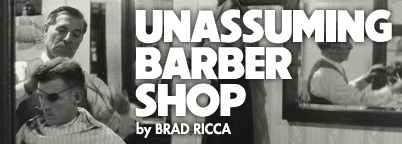
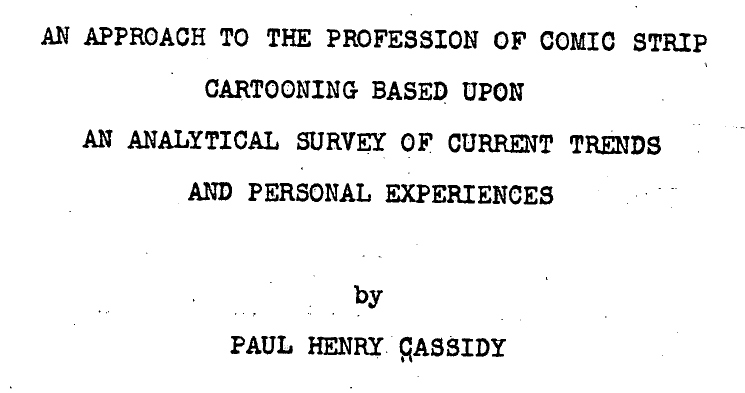
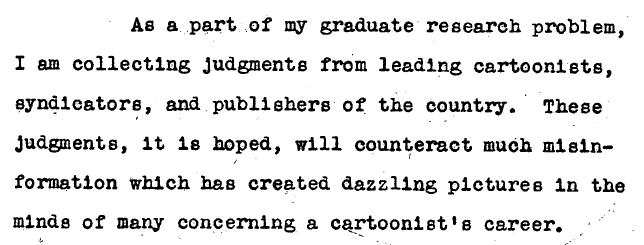
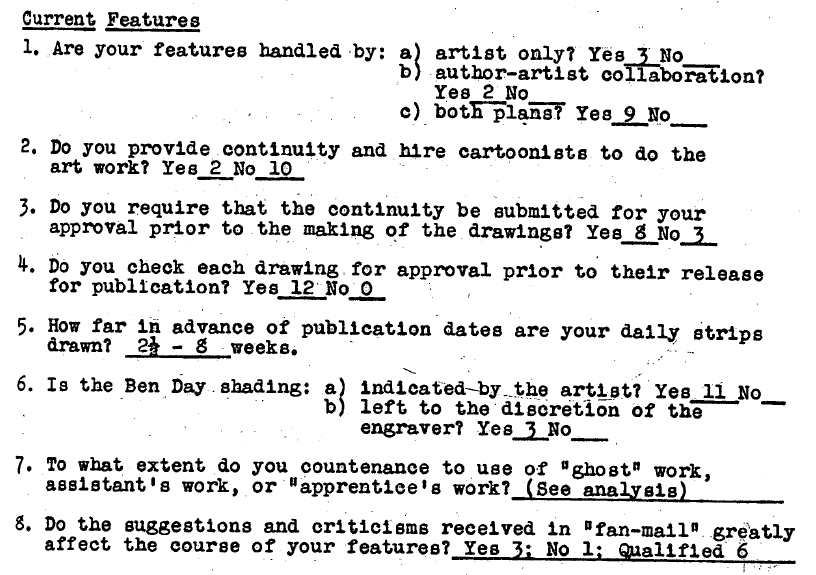
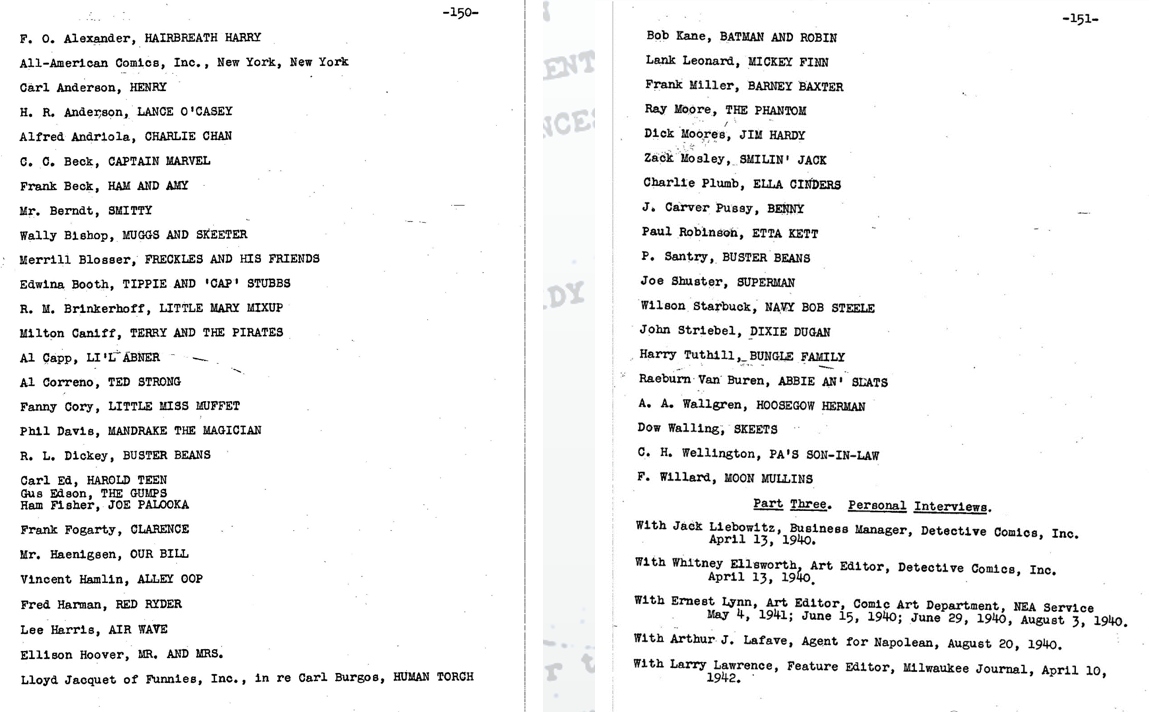

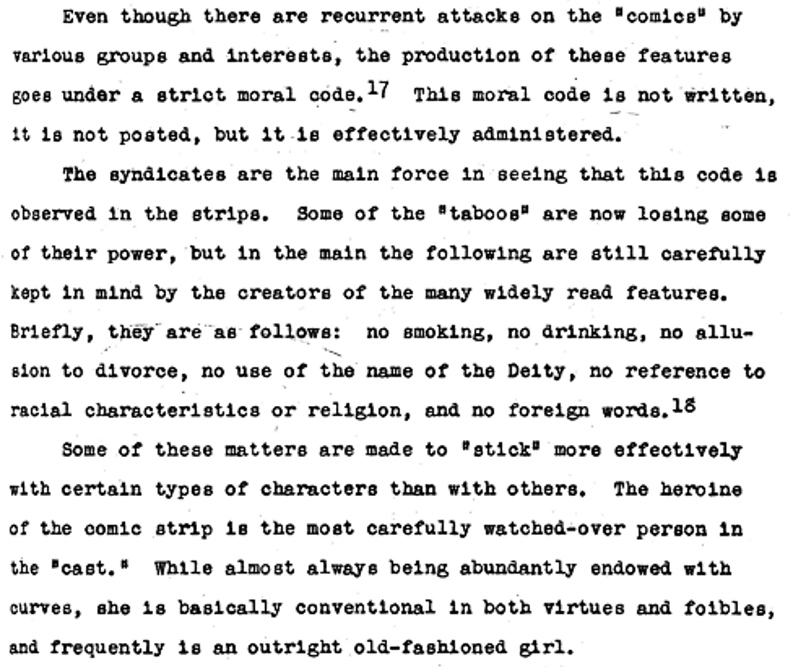
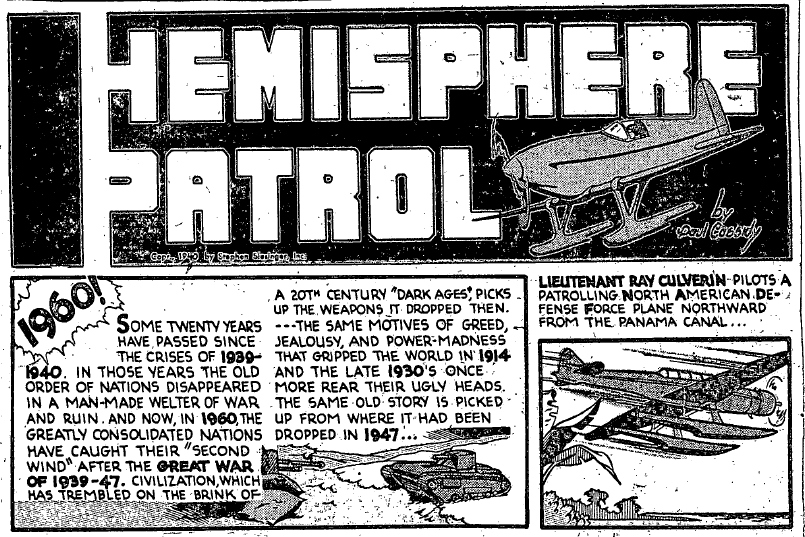
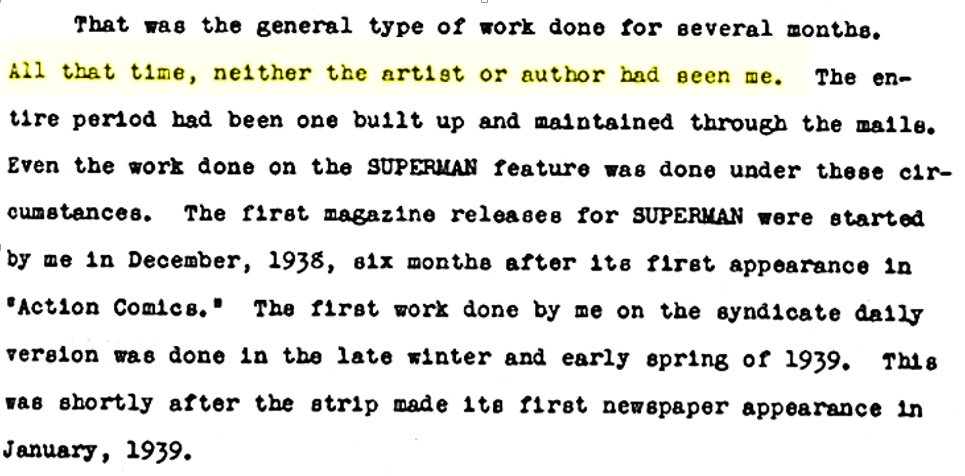
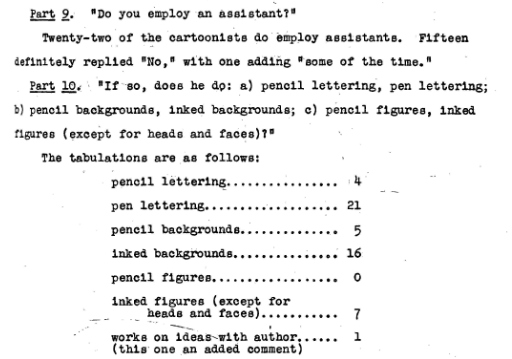
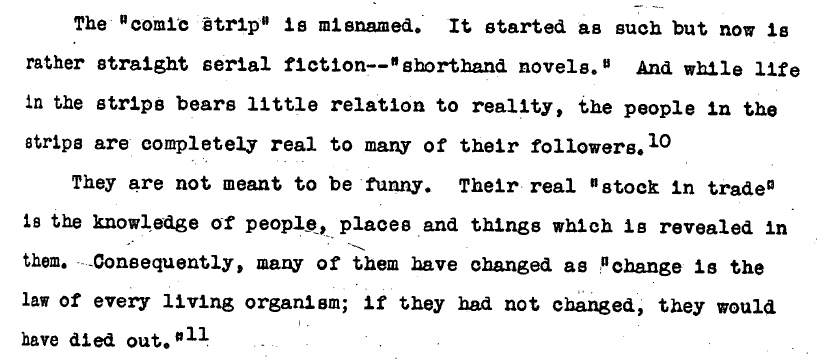
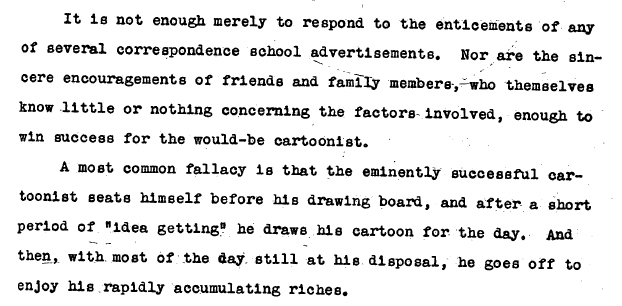
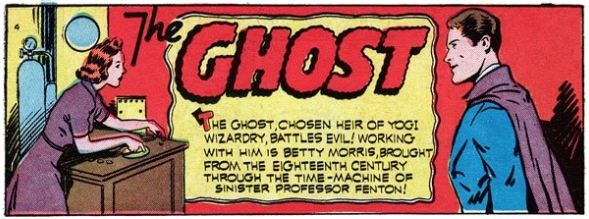
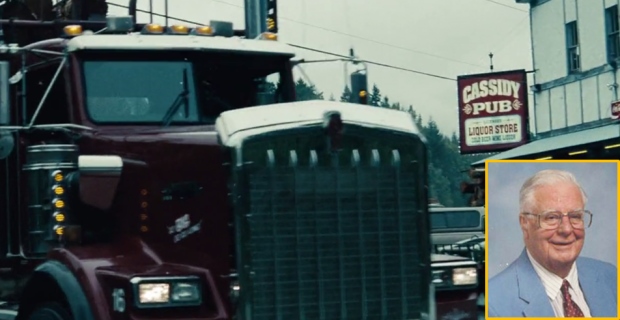
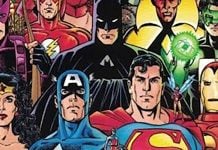

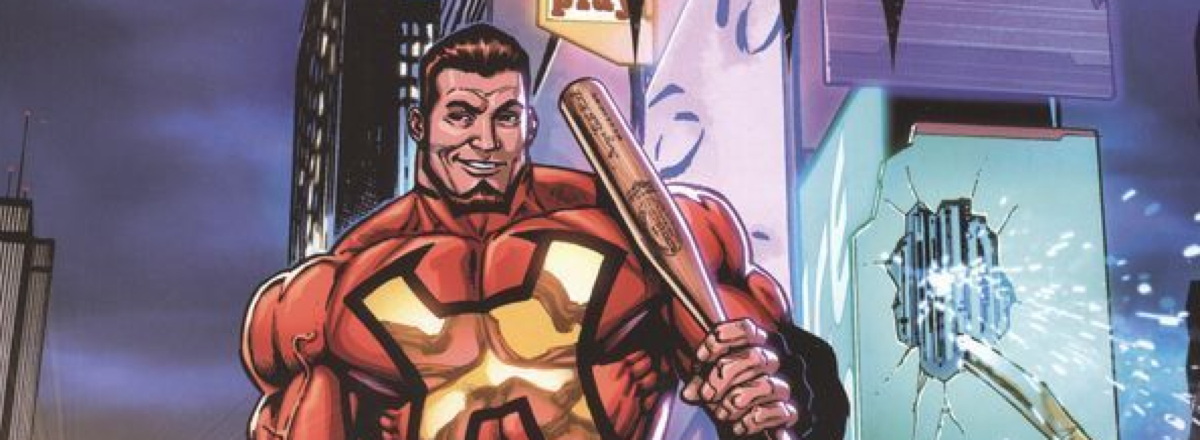


Fantastic! This is a great discovery, bravo to Sean and Brad both…
This important discovery should be put into print as soon as possible. I’m saving a spot for it on my bookshelves.
Loud, enthusiastic applause to all involved with this fantastic unearthing! Bravo Sean, Brad, Jeff, etc.!
Wonderful discovery!
Fascinating piece of work. This whole product needs to be made available. I’ve been pursuing the elusive Mr. Cassidy for years now. Perhaps this can help us nail down exactly what he contributed to the Shuster shop, beyond the guess work of people like me.
Thank you Brad and Sean for finding and sharing this important document for comics history. Astounding find! Thanks for this post explaining it and sharing some of it. I hope I can get a copy someday. Sorry you were snowbound — too bad Supes couldn’t come get you and fly you over to Ohio!
As yet another comics historian who has spent portions of my life time tracking down “origins” of Superman regarding Jerry Siegel and Joe Shuster with a lot of my research utilized in Brad Ricca’s book on same, this discovery is nothing short of astounding. My hat is off to Sean and Brad. Am also looking forward to reading the entire thesis soon as the powers that be deem it worthy coming my direction!
This is Larry, Paul’s oldest son (but a bit less “old” than Brad assumed, now 77 and Bro Dick is 73, somewhat short of 80… :-). The Brothers Cassidy thank all those who had a hand in finding and publishing this work. You guys might have even gotten a smile out of Paul, although that would have been a gift as he was a very unassuming, modest man. But don’t let that fool you…he was a man, one of the handful of men who I credit with having huge impact on my life. He was fair, firm, kind, decent and honest. He expected us to be the same. Superman would have liked him. Lois would have loved him. In fact, Lois did…her name was Inez, and she and Paul were married for over a half-century. So admire him a little for “ghosting” Superman, more for the thesis, and most for being the type of person who deserved to be associated with The Man of Steel. We miss him!
Thanks to Jerry Bails, Paul Cassidy was on our complimentary subscription list from 1972 on for both the MENOMONEE FALLS GAZETTE/GUARDIAN and later THE COMIC READER. Paul lived in Milwaukee, ten miles from where I lived, perhaps a mile from where I went to school and not far from several friends of mine–but being a shy, insecure nineteen-year-old, I could never conjure up the wherewithall to ask him anything. Yet another opportunity missed. Remember, we were printing 1939 SUPERMAN dailies at the time, so he was likely seeing his own work–which I believe we were crediting to Siegel, Shuster and Boring. I don’t think Jerry had explained the extent of Cassidy’s work on the strip to us, or when; remember, this was a year before the first volume of the WHO’S WHO was published, though the MEMORY JOGGER had listed him. A shame…I’m sure he’d have had a lot to tell us.
Wow — thanks, Larry. And sorry about the age discrepancy — I’ve corrected it above. Love your last two lines.
Really interesting find, although with regard to the way that the story is framed, Jeff Williams has noted two earlier theses on comics and has also indicated that there are more than this:
Munger, Elizabeth M. “Preferences for Various Newspaper Comic Strips as Related to Age and Sex Differences in School Children.” M. A. Thesis. Ohio State University, 1939.
Smith, Lewis C. Jr. “Comics as Literature for Children.” M. A. Thesis. Colorado State College of Education, 1938.
Great find on the older theses! I do think that Cassidy’s is still the first on comic BOOKS, but happy to be proven wrong someday. That just means there is more cool stuff to read.
So I meant to post this in the actual entry, but the goal of posting only parts of this thesis is NOT to give you all just a glimpse so that we may hoard it, Smaug-style. The issue is that it is under some vestige of copyright by the school. Jeff Trexler has been an enormous help with this and we are all cool posting chunks of it for educational and reporting purposes. But if you want to read the whole thing, contact the library. Even if you have no academic affiliation, you can say you are an independent scholar and ask for the digital copy. Or go through WorldCat. Or go through your local library (ask your research librarian). Since they’ve already digitized it, there is no cost and little effort for them. You may also have university library privileges from the high school school or college you graduated from that will allow you to Interlibrary Loan it. If anyone gets even more stymied after all that, feel free to drop me a line and I’ll try to help you.
http://search.library.wisc.edu/catalog/ocm54995919
And another related study:
Educational values of the comic strip. Wilson, Kathryn Sylvia Tautfest. University of Southern California, UMI Dissertations Publishing, 1941. EP54157.
If you are interested in learning more about Paul Cassidy, please read the article I wrote about him in Alter Ego No. 112 (August 2012)
Mel Higgins
Comments are closed.